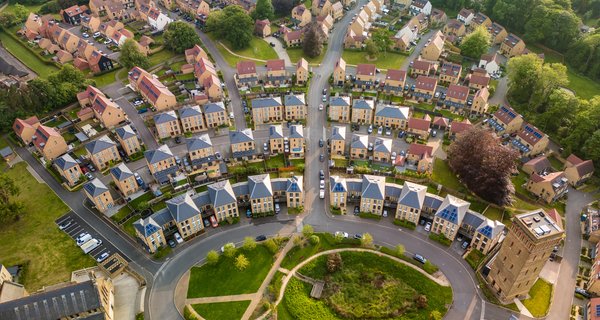Description
Air source heat pumps use electricity to transport heat from the air outside, compress it to a higher temperature and transfer it into a home via water in radiators or underfloor heating. This process means that electricity is not being directly converted into heat, allowing efficiencies of at least 300%. This is often expressed as a COP (coefficient of performance) of 3, which means that 3 units of heat are being provided for every 1 unit of electricity used. It consists of an outdoor fan unit with an internal heat exchanger and hot water cylinder for domestic hot water provision.
Current status
Around 1% of homes (~250,000) in the UK have an air source heat pump, making them the most widely installed efficient low-carbon heating system in homes. They are suitable for most property types and are the main technology supported by the Boiler Upgrade Scheme (BUS).
| Property size | Upfront cost | Running cost |
|---|---|---|
| Small | £10,275 (*£2,775) | £490 |
| Medium | £11,745 (*£4,245) | £1,020 |
| Large | £13,600 (*£6,100) | £1,630 |
A large share of this cost is often related to upgrading radiators, installing a hot water tank and replacing pipework. Replacement installations would be cheaper. Consumers using time-of-use tariffs can significantly reduce running costs, with further reductions possible for those with solar panels and/or battery storage. Disruptions from installation are typically 2 to 5 days.
| Advantages | Disadvantages |
|---|---|
| Provides both space heating and domestic hot water | Higher upfront cost than most boilers |
| Very energy efficient | Requires some outdoor space |
| Compatible with other low-carbon technologies such as solar panels or batteries | Longer installation time than boilers |






